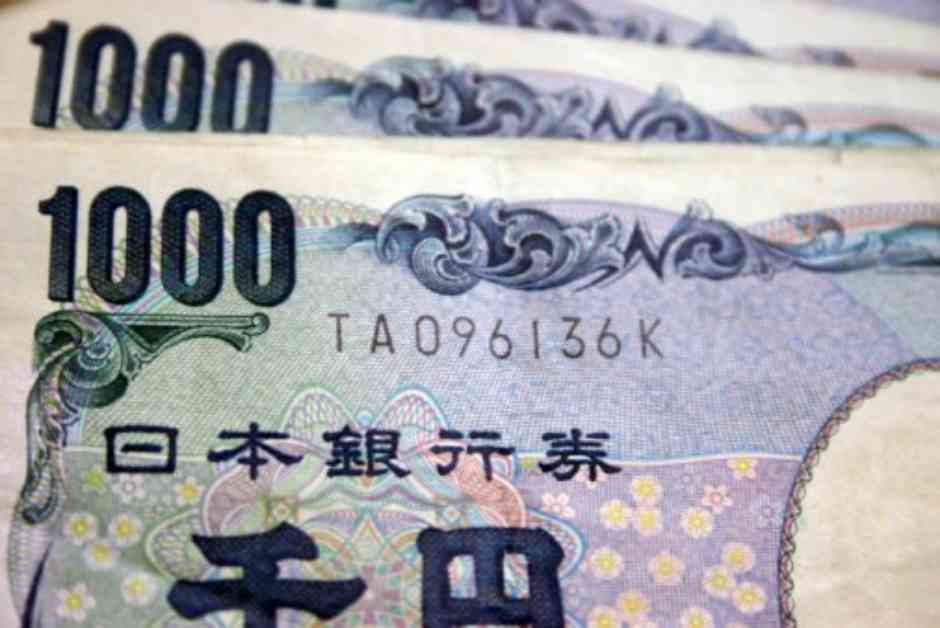The Bank of Japan (BoJ) surprised markets by raising its policy rate to around 0.25%, up from the previous 0% to 0.1%. Additionally, the BoJ announced a reduction in the pace of its monthly bond purchases to around ¥3 trillion per month by early 2026. The central bank’s comments indicated a hawkish tone, hinting at potential further tightening in the future.
The BoJ’s decision to raise rates earlier than expected and reduce bond purchases at a gradual pace was accompanied by several key points:
– The uncollateralized overnight call rate target was increased to around 0.25%.
– The pace of monthly bond purchases will be reduced by around ¥400 billion every quarter, reaching just under ¥3 trillion per month by early 2026.
– Bond purchases for August-September 2024 will be ¥5.3 trillion per month, gradually decreasing to ¥2.9 trillion per month by Q1 2026.
In addition to the rate hike, the BoJ’s announcement included several hawkish comments:
– Real interest rates are expected to remain negative, supporting economic activity.
– The central bank will continue to raise the policy interest rate and adjust monetary accommodation as needed.
– Upside risks to prices require attention, with positive import price inflation and increased wage levels.
– FX developments may have a stronger impact on prices than before.
Governor Ueda mentioned that another rate hike before the end of the year would depend on data. The BoJ’s core inflation forecast for fiscal years 2024 and 2025 was adjusted, with a steady forecast for fiscal year 2026.
Two key takeaways from the announcement are the BoJ’s willingness to overlook weak economic activity and the possibility of front-loading rate increases. This suggests that wage and inflation data will play a crucial role in future rate decisions. The BoJ is expected to implement faster and earlier rate hikes, with forecasts indicating a 0.50% rate hike in October and a 0.75% increase in January 2025. The outlook for 2025 is less certain, depending on price trends and the impact of rate increases on the economy.
Overall, the BoJ’s tightening measures contrast with the ongoing easing policies of the Federal Reserve, potentially leading to a stronger yen in 2025. The market will continue to monitor economic data and central bank actions for further insights into monetary policy decisions.

















